

An Easy Guide to Cigars: There’s no Virtue Without Vice
Subscribe to our Newsletter!
Get our latest news straight into your inbox


Please accept the terms of our newsletter.
Please input your email address.
That email is already subscribed.
Thank you for subscribing!
0
Shares
As Mark Twain said, “Eating and sleeping are the only activities that should be allowed to interrupt a man’s enjoyment of his cigar.” If you’ve lit a few cigars in your life, you know what Mr. Twain meant. There’s immense pleasure in puffing on a stogie.
As Mark Twain said, “Eating and sleeping are the only activities that should be allowed to interrupt a man’s enjoyment of his cigar.” If you’ve lit a few cigars in your life, you know what Mr. Twain meant. There’s immense pleasure in puffing on a stogie.
Here’s an easy guide to get you started:


The wrapper, binder and filler.
A cigar is made of three parts: the wrapper, the binder, and the filler. The wrapper or the outer leaves give cigars their color, from green to red to dark brown, and here’s where you find the terms claro, colorado, maduro, or oscuro. The wrapper matters because 75% of a cigar’s flavor and aromas come from the thin outer leaves.
The darker the color, the higher the oils and sugar, meaning sweeter and stronger flavors.
Shade-grown tobacco is generally lighter, and thus, milder. Tobacco plants exposed to the sun and heat are darker and stronger in flavor.
The filler gives a cigar its strength, meaning nicotine levels. Quality fillers comprise whole leaves tucked tightly within the binder and can come from different countries. The strength, though, depends on the types of leaves used.
The leaves growing closer to the ground are called volado, and since they don’t get much sunlight, they’re mild. The middle leaves, called seco, have medium strength while the higher leaves, the ones with the most sun exposure, are called ligero and make robust cigars.
The wrapper’s color and the filler’s strength are painted in the cigar maker’s palette and these aspects allow producers to create a myriad of styles of all flavors and strength levels.


Textile Art Renaissance
For cigars, the color, and strength are essential, but the size and shape matter too. First, there’s the ring gauge, measured in 64ths of an inch.
The thinner the cigar, the fewer filler leaves, and the more you enjoy the wrapper’s flavors. Larger gauges are all about the filler’s flavor.
Finally, there’s the length of the cigar, and that depends entirely on time. As they say, “Smoke what you have time to enjoy.” A 6-inch, 42 ring gauge Corona might take you 45 minutes to appreciate, while a 7-inch 48 gauge Churchill might take you over an hour.
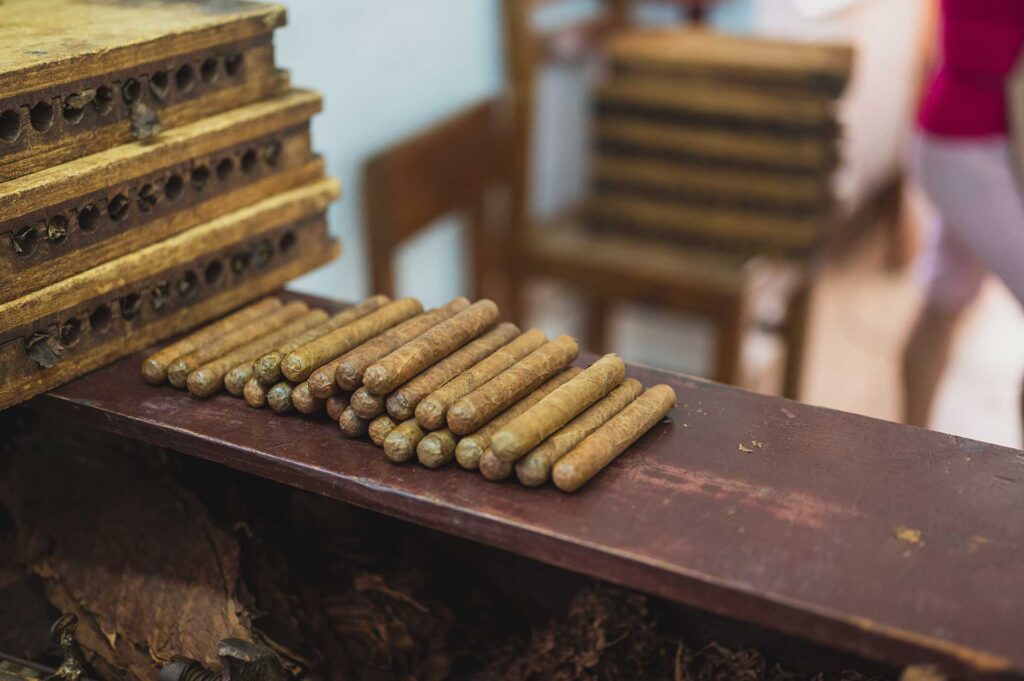

Here are some fabulous starter cigars to get to know:
Romeo Y Julieta Capulet, Churchill
Wrapper: Connecticut ShadeFiller: Honduras and Nicaragua
Length: 7 in
Ring: 50
Medium strength, mild, caramel
Perdomo Reserve 10th Anniversary Champagne, Robusto
Wrapper: Connecticut ShadeFiller: Nicaragua
Length: 5 in
Ring: 54
Medium strength, flavorful, coffee
Montecristo No. 2
Wrapper: Ecuador SumatraFiller: Dominican and Nicaragua
Length: 6 in
Ring: 52
Medium strength, fragrant, espresso, almonds
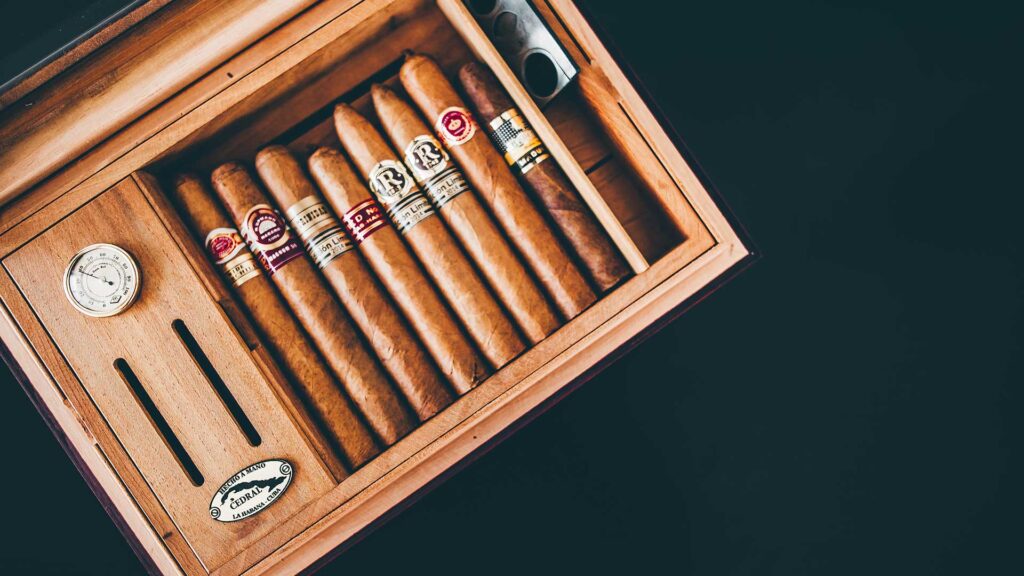

Share This
0
Shares
HVV
– Advertisement –
Subscribe To Our Newsletter
Stay informed with our latest news delivered directly to your inbox.


Please accept the terms of our newsletter.
Please input your email address.
That email is already subscribed.
Thank you for subscribing!


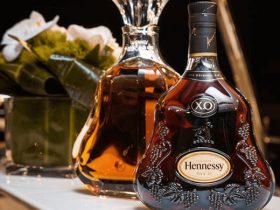










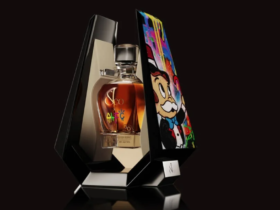

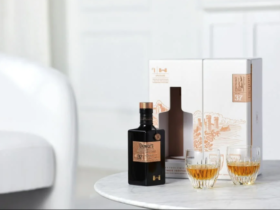
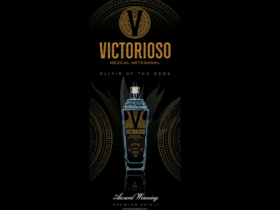
Leave a Review